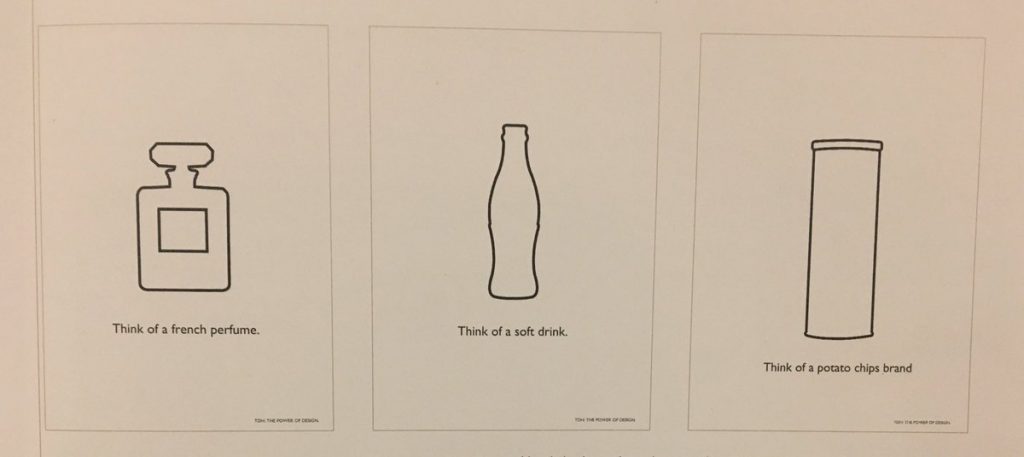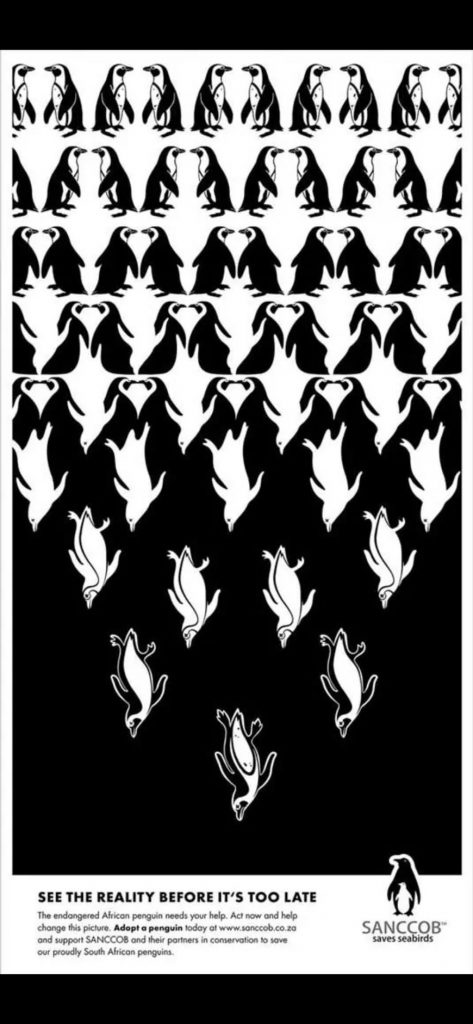They asked people two versions of the Gandhi questions. One version is what I’ve repeated here. The other began by asking people whether Gandhi was older or younger than 140 when he died, which was followed by the same direction to guess Gandhi’s age when he died. Strack and Mussweiler found that when the first question mentioned the number nine, the average guess on the following question was 50. In the second version, the average guess was 67. So those who heard the lower number before guessing guessed lower. Those who heard the higher number, guessed higher.
Excerpt from: Risk: The Science and Politics of Fear by Dan Gardner









































